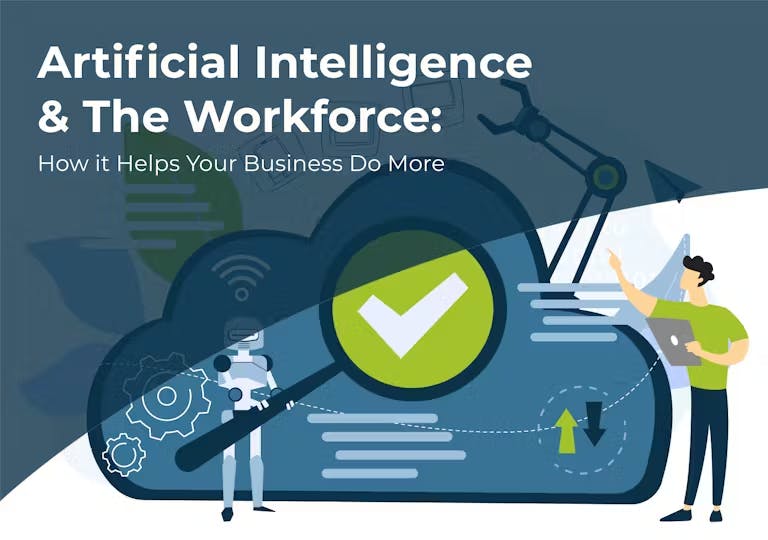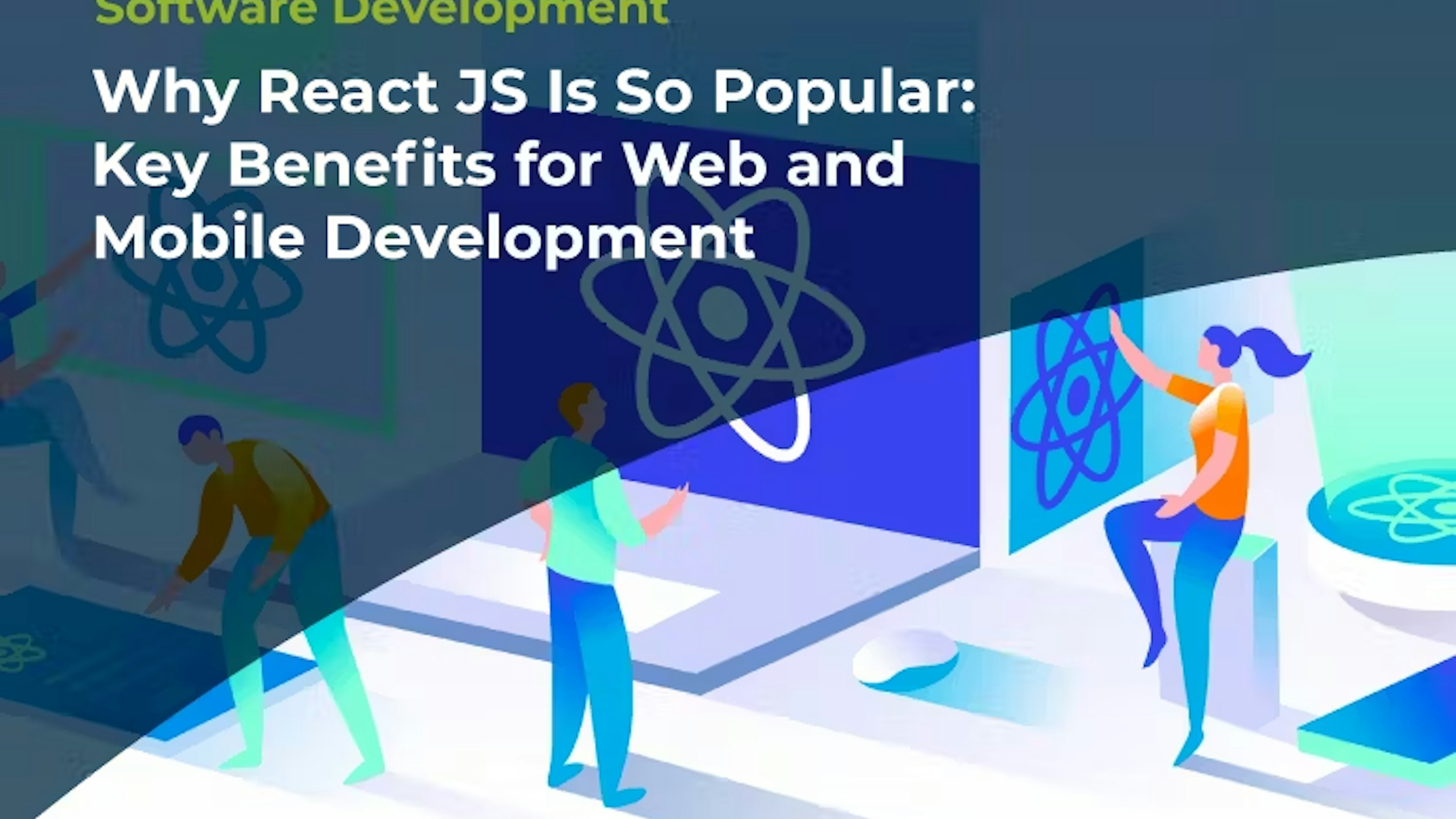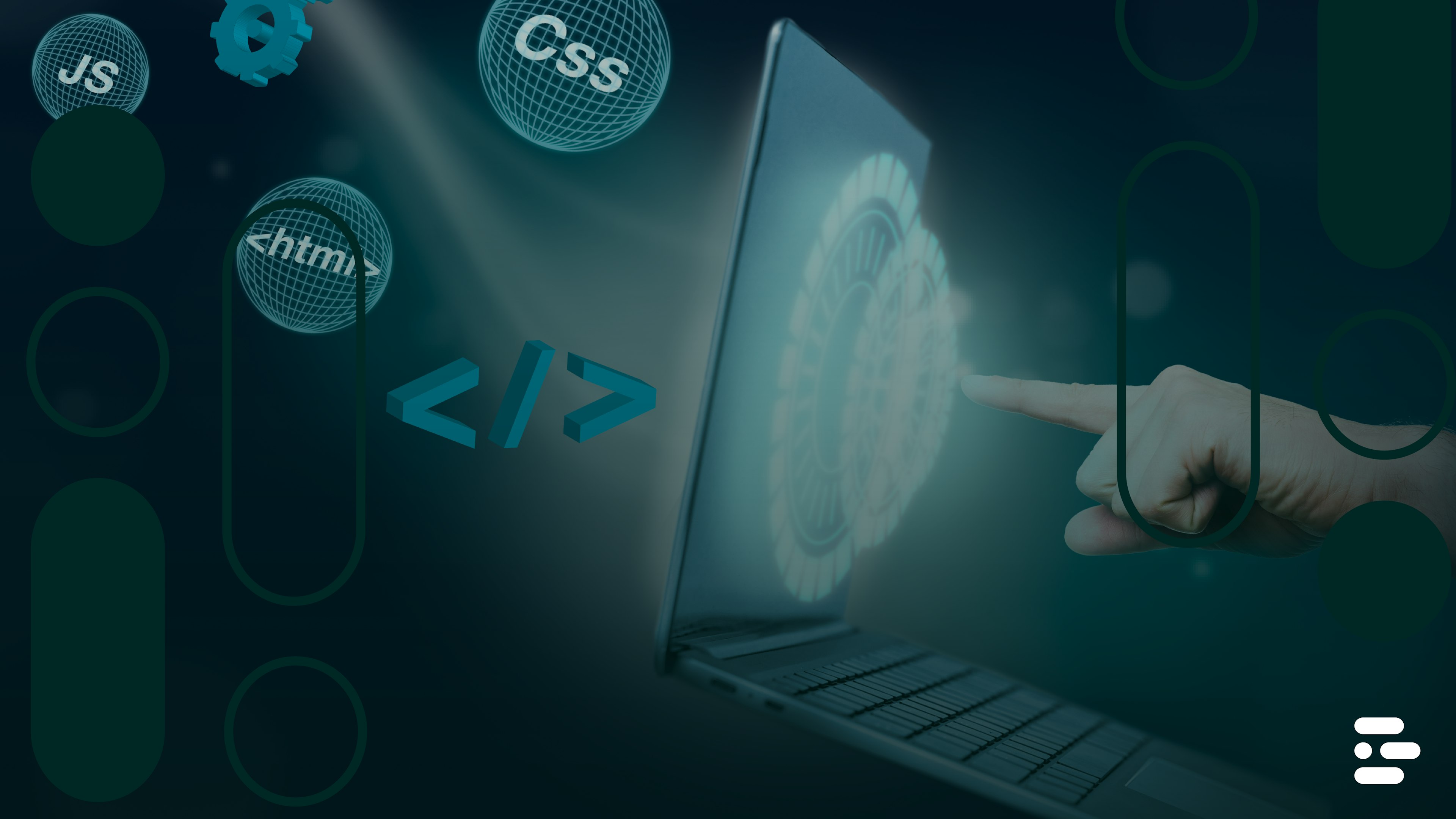Artificial Intelligence & the Workforce: How it Helps Your Business Do More


What is artificial intelligence (AI)? From sci-fi dystopian stories to playing chess against AI to analyze your games, there are a lot of casual interactions with artificial intelligence out there.
But in the realm of business, what can AI do for your team and goals? Get a clearer picture of how AI technology can improve your services, and free up your team to be more productive with this guide to smarter processes.
Artificial Intelligence: How it Works
The backbone of AI computer systems is iterative processing algorithms. These are highly intelligent procedures that will learn from patterns as they’re performing tasks. This can give people the impression that AI is self-sustaining and autonomous, known as strong AI. This variety is only a concept, and there are no AIs that meet those standards. The artificial intelligence we have today is called weak AI because they require human input to work.
Uses of AI Today
Here are some examples of uses for artificial intelligence, although how common they are can vary based on their programmed tasks.
- Natural Language Processing (NLP): You probably interact with this every day. From email filters to predictive text, NLP can be simple or complex depending on the goal of their specific tasks. Companies typically use this AI for natural-sounding chatbots.
- Machine Learning and Deep Learning: Deep learning is a type of machine learning, which covers many AI systems. From speech recognition to analytics, machine learning has various uses. Deep learning is also expansive, found in basic chatbots and advanced self-driving cars or drones.
- Neural Networks: These fall under deep learning and are well-suited to noticing patterns and making decisions. They can identify forged signatures or credit card fraud, recognize faces or voices, make diagnoses, and handle massive amounts of data.
- Computer Vision: When you do a reverse image search, you’re using computer vision. This type of AI gathers data from images, footage, or other visual input–even in real time. This AI technology is now being used in weather, farming, and other industries.
How AI is Changing the Industry
You probably didn’t expect to see farming as an industry that’s making good on AI, but there are a lot of applications for AI technology. Finance, medical services, manufacturing, and other business types are finding ways to automate procedures and speed up their delivery times with artificial intelligence.
This transforms their industries because it drastically changes how their work is done. But the human element is more important than you see in cool, gritty sci-fi series!
These computers are not independent; they just take care of automatable tasks so humans can do more nuanced, high-skill tasks. People examine the analytics and results from AI–which are finished in a fraction of the time than if they did it manually–then do better work based on those findings.
As an example, let’s answer the question: how can a DevOps team take advantage of artificial intelligence? Where software development and IT operations meet, there’s bound to be a lot of code and repetitive work. Using AI, DevOps teams can shorten project life cycles even more because those repeatable tasks are automated.
Read: Smart Tech Investments to Increase Revenue for Your Business
AI Systems in Your Budget
But how can your company use artificial intelligence to keep up with technology trends? And more importantly, how much will it cost? AI development can be hugely expensive for more ambitious predictive or research projects. But you don’t have to aim for that large price tag to see value!
This isn’t a comprehensive list of possible projects, only some examples to show that you can implement AI on smaller scales to get started. This also helps with overall training costs and gradual expansion of AI for more stable business growth.
- Low cost (starting at $10k/mo.)
Chatbots, personalized UX - Mid-cost (about $80k/mo.)
Data analysis, basic deep learning - High cost (starting at $300k+/mo.)
Company-wide usage, full data ecosystems, advanced deep learning
Tapping into AI Technology
Like anything else, there are pitfalls with AI development. Since 2019, it’s been noted that only a portion of AI projects go to launch. The exact percentage is up for debate, but it ranges from 10% to 20%. Knowing why the other projects failed is key to making sure yours is a success!
- No one owned it. Because there wasn’t a team of data developers and scientists overseeing the AI system, it was never updated or maintained.
- Little collaboration. If software engineers and data scientists aren’t working together on AI development, the outcome isn’t going to look very good.
- Talent gaps. It doesn’t help your AI implementation goals if you can’t scale your talent with your technology, making it stagnate as a result.
All of these obstacles can be addressed with staff augmentation and/or software outsourcing. Both outsourced and augmented staff can be assigned to any project you choose, so they can be your dedicated AI team. Either staffing solution will coordinate with your team leads and other personnel to make sure everyone is working together smoothly.
And when you have the talent in-house with staff augmentation or through an outsourced team, you don’t have to worry about filling a sudden job opening. With either service, you can also scale teams up or down as needed. Get your AI projects started with a quote from Devsu today!
Subscribe to our newsletter
Stay informed with the latest insights and trends in the industry
You may also like


